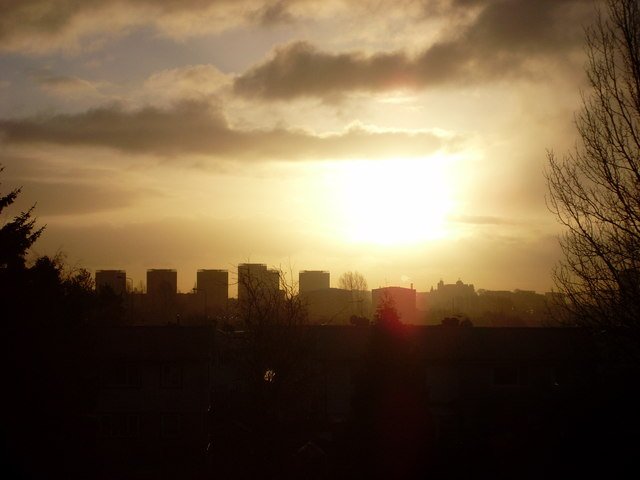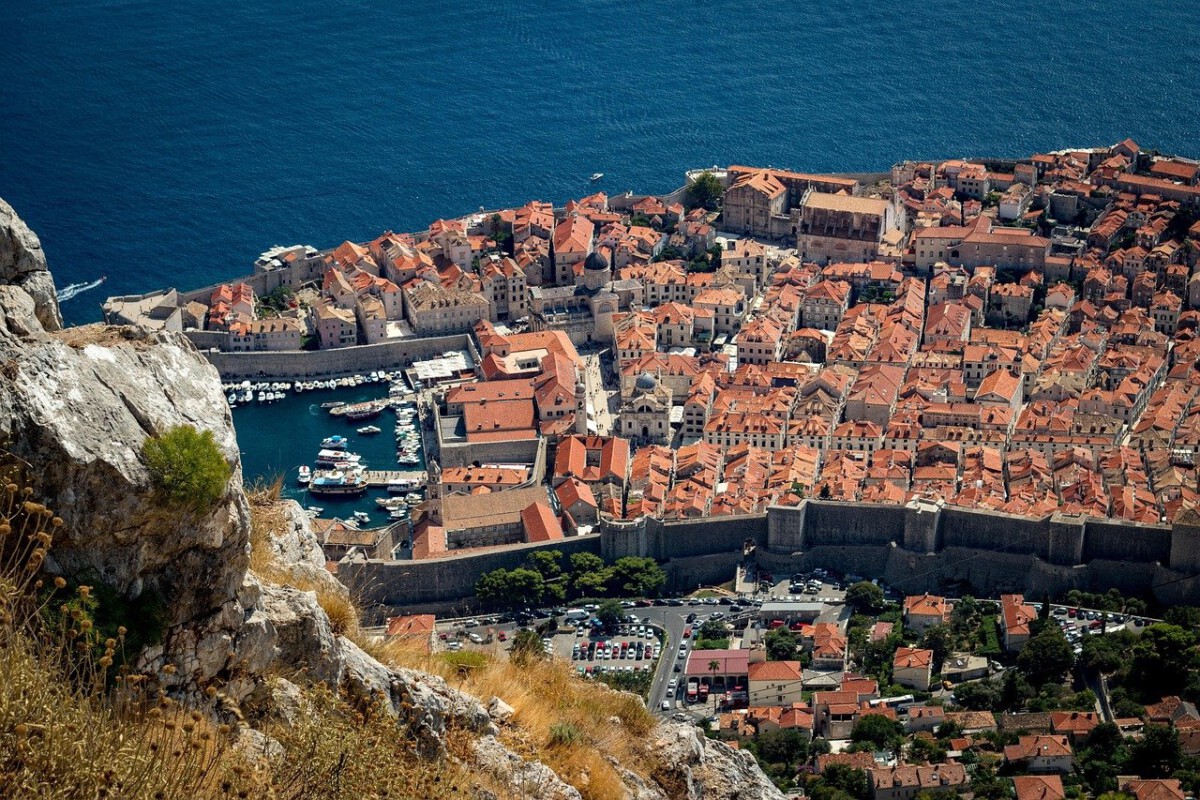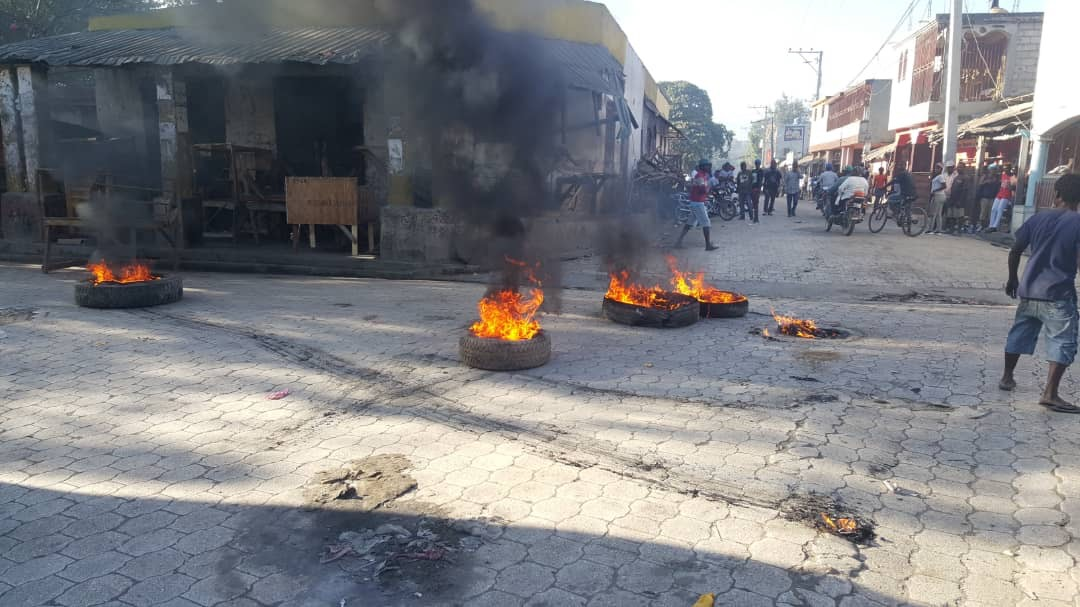Waking Up Somewhere Unexpected

There’s something surreal about waking up in a place you didn’t even know existed the day before. Picture this: sunlight filters through gauzy curtains, you hear the faint clang of church bells, and outside, the world is just beginning to stir. There’s no alarm screaming, no list of must-sees taped to your nightstand. You simply step out the door and let the city—be it Porto, Ljubljana, or a nameless French hamlet—unfold before you. I used to obsess over every detail, but I found that the best stories start when you have no idea where the day will take you. You might stumble upon a tiny bakery that smells of warm bread and nostalgia, or you might join a festival you’d never even heard of. This is the magic of letting go—the travel moments that feel like they belong to you alone.
Planning Sucked the Fun Out

I’ll admit it: my past vacations looked more like military operations than escapes. I’d craft hour-by-hour itineraries, cross-check train schedules, and book restaurants weeks ahead. But somewhere between all the spreadsheets and confirmations, I lost the spark. Instead of feeling excited, I felt trapped. The pressure to “do it all” left me exhausted, and I started dreading the inevitable hiccups—like missed connections or rain ruining my perfectly planned picnic. It turns out, the real Europe isn’t found in flawless plans but in messy, joy-filled moments you could never predict. No one warns you that perfection is the quickest way to suck the soul out of travel.
Letting Serendipity Lead

Some of my favorite memories were pure accidents. I once wandered Venice’s back alleys after midnight, no idea where I was going, and wound up at a tiny bar where locals played old Italian songs. Another time, I missed a train in Austria and spent the afternoon at a lakeside market, eating cherries and watching the world go by. These weren’t on any list, but they’re the stories I tell again and again. When you stop planning every minute, you make space for the universe to surprise you. It’s like opening a blank book and letting the city write its own story for you.
Why Slow Travel Wins

It’s tempting to cram five cities into a week—Rome, Florence, Paris, Amsterdam, Barcelona. But when I slowed down, everything changed. Instead of racing from one attraction to the next, I spent longer in fewer places. I got to know the rhythms of a single town: when the bakery opens, where the locals sip their morning espresso, which alley glows at sunset. The slower you move, the more you see and feel. I discovered hidden courtyards in Granada, listened to old men argue over chess in Kraków, and learned to cook paella in Valencia. These moments can’t be found in guidebooks—they’re the heartbeat of real travel.
How to Hack Spontaneous Travel

Spontaneity doesn’t mean chaos. I always look for places to stay that let me change plans at the last minute—think flexible Airbnb bookings or hotels with free cancellation. I keep my travel apps loaded with maps and language basics, and I never book trains or buses too far ahead. Public transit is my secret weapon; you see more, spend less, and it’s easier to change your mind. I also keep a short list of local festivals, food markets, or quirky museums in my notes app—just in case. The trick is to stay open but prepared for little detours. **Flexible bookings and a sense of humor are your best travel buddies.**
When to Go for the Perfect Vibe

Timing is everything, and I’ve learned the hard way that crowds can kill the magic. Europe shines brightest in the shoulder seasons—April to June or September to October. The air is crisp, flowers bloom, and locals have time to chat. I’ve watched cherry blossoms fall in Paris in May, and I’ve hiked the golden hills of Tuscany in October. Prices drop, and you’ll find yourself alone in places that are usually swarmed. Even rainy days feel poetic when you’re not elbowing through crowds. For a true local vibe, avoid peak summer and let the seasons set your pace.
Learning the Local Rhythm

Every country has its quirks, and the only way to really connect is to play along. In Spain, afternoons slow to a crawl for siesta, and dinner starts long after sunset. In Italy, you greet shopkeepers with a cheerful “Buongiorno” before asking for anything. I’ve learned to adjust my expectations and embrace these rhythms. It feels awkward at first, but suddenly you’re part of the scene, not just a spectator. I once joined a Greek village’s name day celebration and wound up learning folk dances in the street. These are the moments you remember—the ones that make you feel at home, even when you’re far away.
Food Finds That Changed My Trip

Some of my best meals happened by accident. One rainy afternoon in Lisbon, I ducked into a hole-in-the-wall café and tried bacalhau for the first time—salty, creamy, unforgettable. In Budapest, I wandered into a ruin bar and ended up sharing goulash with a group of strangers. I stopped stressing about reservations and started trusting my nose (and the crowd outside a restaurant). If you see locals lining up, it’s probably good. Don’t be afraid to ask for the house specialty or try something you can’t pronounce. **The less you plan, the more you taste.**
Making Real Connections

Travel isn’t just about places—it’s about people. When you’re not rushing off to your next pre-booked tour, you have time to chat with a bartender, share a laugh with your Airbnb host, or join a game of pétanque in a French park. I’ve made friends on overnight trains and in hostel kitchens, people I still message years later. Sometimes, a local’s recommendation leads you to the best sunset spot or a secret swimming hole. These connections give your trip meaning, turning a vacation into a story you’ll tell for years.
Try It for Yourself

The next time you dream of Europe, give yourself permission to leave the map behind. Book your first night, pack light, and let curiosity be your compass. Wander down side streets, say yes to invitations, and don’t sweat the small stuff. The magic isn’t in the plan—it’s in the discovery.






